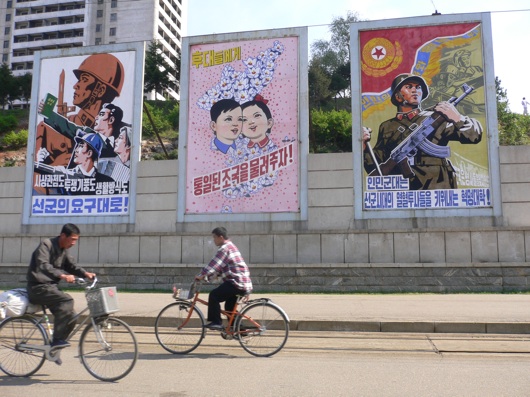Women in the World: Repressed Creativity
By Joanna Francis This here website is, well, a website. Which means that you, dear reader, could be reading this from anywhere in the world. I’m hazarding a guess though, that you are most likely in a country where the only limitations to your creative expression are the powers of your imagination, skill, time and access to resources. It's hard for us fortunate enough to be in this situation, to imagine living in a country where in addition to these limitations, are the restrictions put on people’s creativity by their own nation’s government. This is the world that unfortunately many women (and men too of course) still live in.
Photograph: © Omar Sobhani/Reuters
Recently, I read an article about a young woman in Afghanistan who is overcoming numerous obstacles to become a graffiti artist. In 2002-3, I lived and worked in Afghanistan and saw first hand what women there were and are subjected to, and just thinking about the bravery required by this woman boggles the mind. While much improvement has been made regarding the rights of women in Afghanistan, there is still a long way to go, and many of the basic freedoms that most of us take for granted are still denied. Shamsia Hassani, 24, the young Afghan artist featured in the article, is still harassed in the street and has to work surreptitiously or in abandoned buildings. Other Afghan female artists have faced persecution, including assassination, just for trying to widen the role of women in the arts, for example by appearing on television.
Just what is it that is so threatening about women displaying their creative expression? Is it that women are likely to reveal and expose the oppression that they have suffered under regimes such as those that have existed in Afghanistan? Is it that it signifies the beginning of a rebellion against outdated modes of expression and repression and the subsequent loss of control over the people? Or is it just simply the fear of change itself?
This fear of change, is no more obvious than in the incongruously named Democratic Republic of North Korea (DPRK). My husband worked for a French NGO there for several months a few years ago, and I was fortunate enough to go and visit… getting a glimpse into a country that exists as if time came to a standstill decades ago.
 Perhaps somewhat surprisingly, it is a country that values and encourages its artists, however, their creative expression is not their own but that of the now late “Dear Leader”. We visited a studio of artists, all of whom were considered the most skilled and talented in North Korea, and met a woman, Kim Sung Hui, who was painting what was required of her by the regime, but also her own works.
Perhaps somewhat surprisingly, it is a country that values and encourages its artists, however, their creative expression is not their own but that of the now late “Dear Leader”. We visited a studio of artists, all of whom were considered the most skilled and talented in North Korea, and met a woman, Kim Sung Hui, who was painting what was required of her by the regime, but also her own works.
She was tightly controlled, and everything she produced was approved. But her paintings were identifiably her own. In a country so dedicated to eradicating individualism, originality still managed to emerge through the canvases she and the others painted. I am not suggesting that any of the artists were attempting to make any particular statements or stand against the regime. But it made us think that rebellion and insubordination can be found, not just in obvious acts of opposition, but also through the creation of art that reflects one’s own individualism and personality. In the subtle portrayal of life as seen by one person. In incremental changes from what is expected.
All movements in the history of art started like this. And all progression in the rights of women, and indeed humanity generally need to start with one little step, one brush of paint, one small act of creativity.
Joanna Francis spends most of her time hanging out with her one year old son. But she also works for a children’s foundation and has recently started her own little business making baby quilts. Her house is a mess. In the past, Joanna has worked as an aid worker in several developing countries, and is passionate about the rights of women and children. You can visit her and her blog at www.miettehandmade.com

